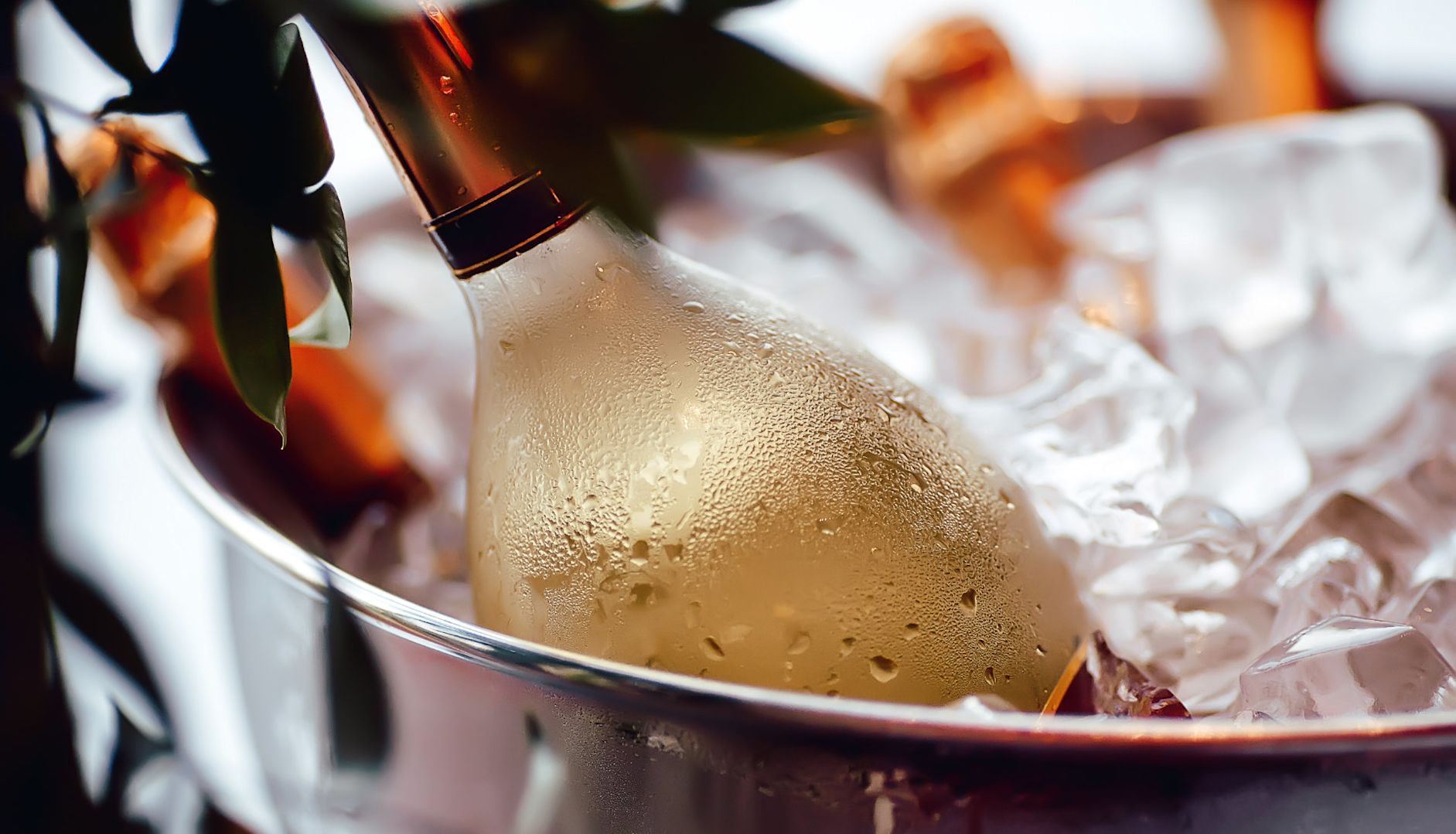The difference between a mediocre wine experience and an extraordinary one often comes down to a single, frequently overlooked factor: temperature. While many wine enthusiasts focus on vintage, region, and grape variety, the temperature at which wine is served can dramatically transform its taste, aroma, and character. Serving wine at the wrong temperature is like listening to a symphony through a broken speaker – you’re missing the full experience that the winemaker intended.
Temperature affects wine in profound ways that go beyond simple preference. When wine is too cold, its flavors become muted and its aromas suppressed, creating a flat, one-dimensional drinking experience. Conversely, when wine is served too warm, the alcohol becomes overpowering, masking the subtle nuances and making the wine taste heavy and unbalanced. The science behind this lies in how temperature affects the volatility of aromatic compounds and the perception of acidity, tannins, and sweetness.
Understanding proper wine serving temperatures isn’t just about following rules – it’s about unlocking the full potential of every bottle you open. Whether you’re hosting an elegant dinner party, enjoying a quiet evening at home, or celebrating a special occasion, serving wine at its optimal temperature ensures that you and your guests experience the wine exactly as the winemaker envisioned. This comprehensive guide will demystify wine serving temperatures, providing you with the knowledge and practical tips needed to lift every wine experience from ordinary to exceptional.
Red Wine Serving Temperatures

Red wines require careful temperature consideration to balance their complex components of tannins, acidity, and alcohol. The traditional advice to serve red wine at “room temperature” originated in European cellars where room temperature was typically around 60-65°F (15-18°C), not the 70-75°F (21-24°C) common in modern homes.
Light-bodied red Wines should be served between 55-60°F (12-15°C). This category includes Pinot Noir, Beaujolais, and Gamay. These wines benefit from cooler temperatures that preserve their delicate fruit flavors and bright acidity while preventing the alcohol from becoming too prominent. The cooler temperature also helps maintain the wine’s refreshing quality and prevents it from tasting flat or overly alcoholic.
Medium to Full-Bodied Red Wines perform best at 60-68°F (15-20°C). This includes popular varieties like Cabernet Sauvignon, Merlot, Shiraz, and Bordeaux blends. At this temperature range, the wine’s tannins soften appropriately, allowing the complex flavors to emerge without being overwhelmed by alcohol heat. The slightly warmer temperature helps release the wine’s aromatic compounds, creating a more expressive and enjoyable drinking experience.
If your red wine feels too cold, you can warm it by cupping the bowl of the wine glass in your hands, similar to how you would hold a cognac snifter. This gentle warming technique allows you to gradually bring the wine to its optimal temperature without sudden temperature changes.
White Wine Serving Temperatures
White wines showcase their best qualities when served properly chilled, but the specific temperature depends on the wine’s body and style. The key is finding the balance between preserving acidity and allowing flavors to express themselves fully.
Light-Bodied White Wines such as Sauvignon Blanc, Pinot Grigio, and Riesling should be served between 45-50°F (7-10°C). This cooler temperature emphasizes their crisp acidity and bright, refreshing character while preserving their delicate fruit flavors. The lower temperature also helps maintain the wine’s zesty, food-friendly qualities that make these wines perfect for warm weather and lighter dishes.
Full-Bodied White Wines, including Chardonnay, Viognier, and white Burgundy, benefit from slightly warmer temperatures of 50-55°F (10-13°C). This temperature range allows the wine’s complexity and aromatic compounds to emerge more fully. Oak-aged Chardonnays, in particular, reveal their buttery, vanilla notes more effectively at these slightly warmer temperatures, while still maintaining their refreshing qualities.
The danger of serving white wine too cold cannot be overstated. When white wine is over-chilled, it becomes angular and sharp-edged, losing the fruit, floral, and spice characteristics that make each wine unique and enjoyable. Some restaurants deliberately serve lower-quality wines at freezing temperatures to mask their lack of aroma and flavor complexity.
Sparkling Wine and Champagne Temperatures

Sparkling wines require the coldest serving temperatures of all wine categories, typically between 40-47°F (4-8°C). This temperature range serves multiple purposes: it keeps the bubbles fine and elegant, maintains the wine’s crisp acidity, and prevents the wine from becoming frothy and losing its sophisticated character.
The science behind sparkling wine temperature is fascinating. Lower temperatures slow down the release of carbon dioxide, creating finer bubbles that rise more slowly through the glass, enhancing the visual appeal and mouthfeel. When sparkling wine is served too warm, it becomes frothy and loses the elegant effervescence that defines quality sparkling wines.
However, premium sparkling wines like vintage Champagne can benefit from slightly warmer temperatures within this range to allow their complex aromas to develop. The key is finding the sweet spot where the bubbles remain lively while the wine’s character can shine through.
Rosé and Dessert Wine Temperatures
Rosé wines should be served between 45-55°F (7-13°C), similar to light-bodied white wines. This temperature range preserves their refreshing character while allowing their delicate fruit flavors to express themselves. The cooler temperature also emphasizes the wine’s acidity, which balances any residual sweetness and maintains the wine’s food-friendly nature.
Dessert wines require careful temperature consideration based on their style. Sweet wines should generally be served chilled at 43-53°F (6-12°C) to balance their sweetness with acidity. However, fortified wines like Port have different requirements: vintage Port is best served at room temperature around 65°F (18°C), while Tawny Port benefits from slight chilling to 55°F (14°C).
Practical Tips for Achieving Perfect Wine Temperature

Refrigerator Method: The most reliable way to chill wine is refrigeration. White wines typically need 2-3 hours in the refrigerator to reach optimal temperature, while red wines may need 30-45 minutes of chilling if your room temperature is above 70°F.
Ice Bucket Method: For faster chilling, use an ice bucket filled with equal parts ice and water. This method can chill a bottle in approximately 30 minutes, with gentle swirling to speed the process.
Freezer Method: In emergencies, place wine in the freezer for 15-20 minutes for light chilling or 22-28 minutes for full chilling. Set a timer to avoid freezing the wine.
Wine Thermometer: For precision, invest in a wine thermometer to measure the exact temperature of your wine before serving.
Remember that wine will gradually warm in the glass, so it’s better to serve wine slightly cooler than too warm. The wine will naturally reach its optimal temperature as you enjoy it, ensuring the best possible experience throughout your tasting.


